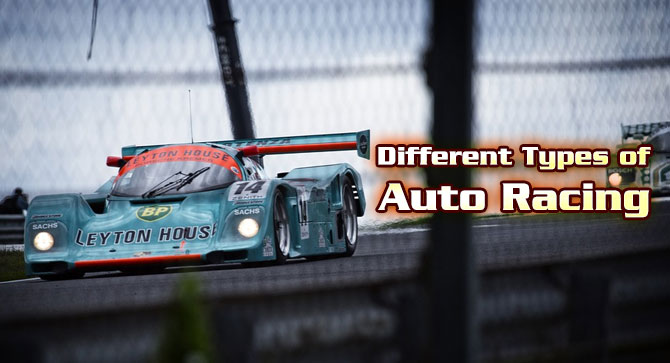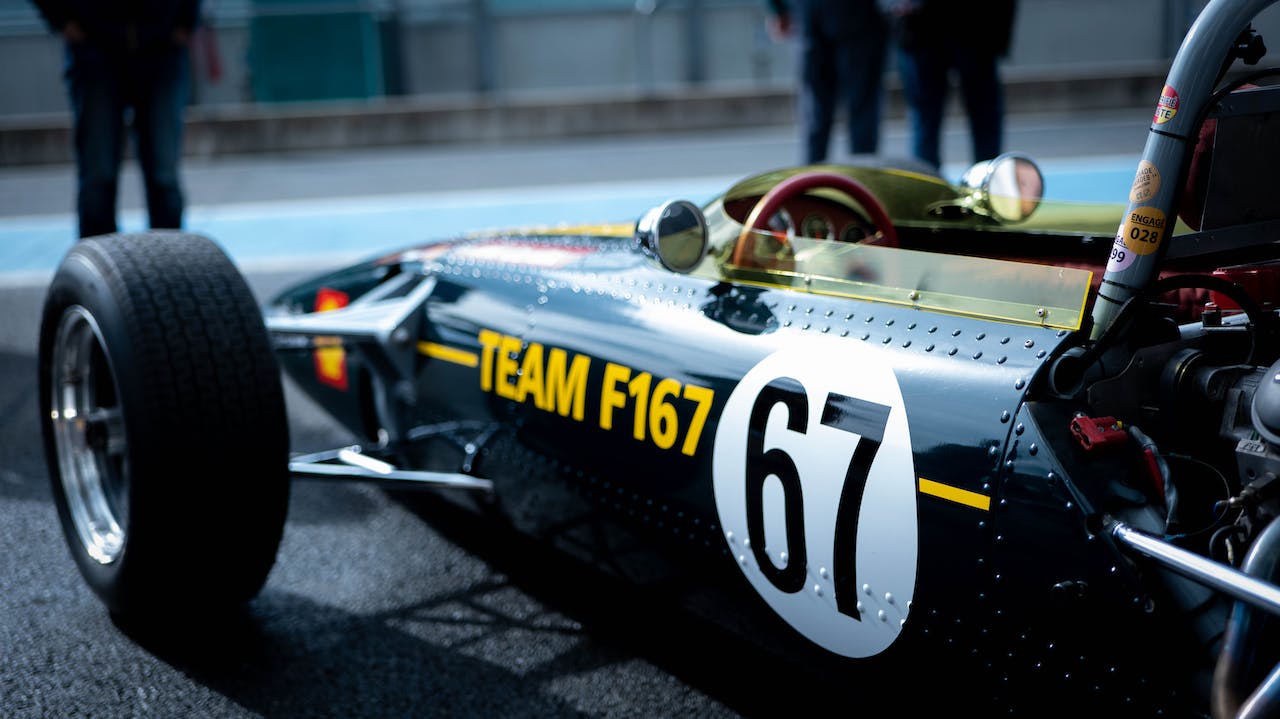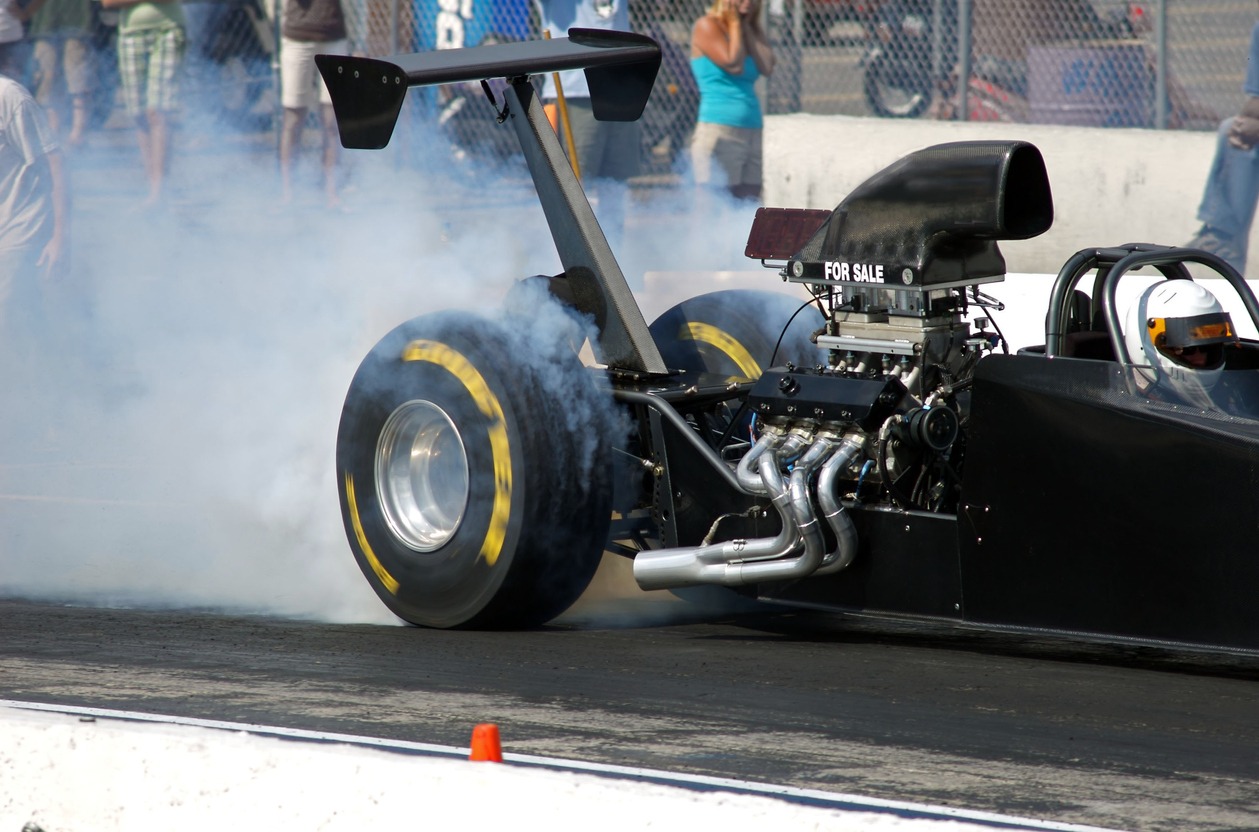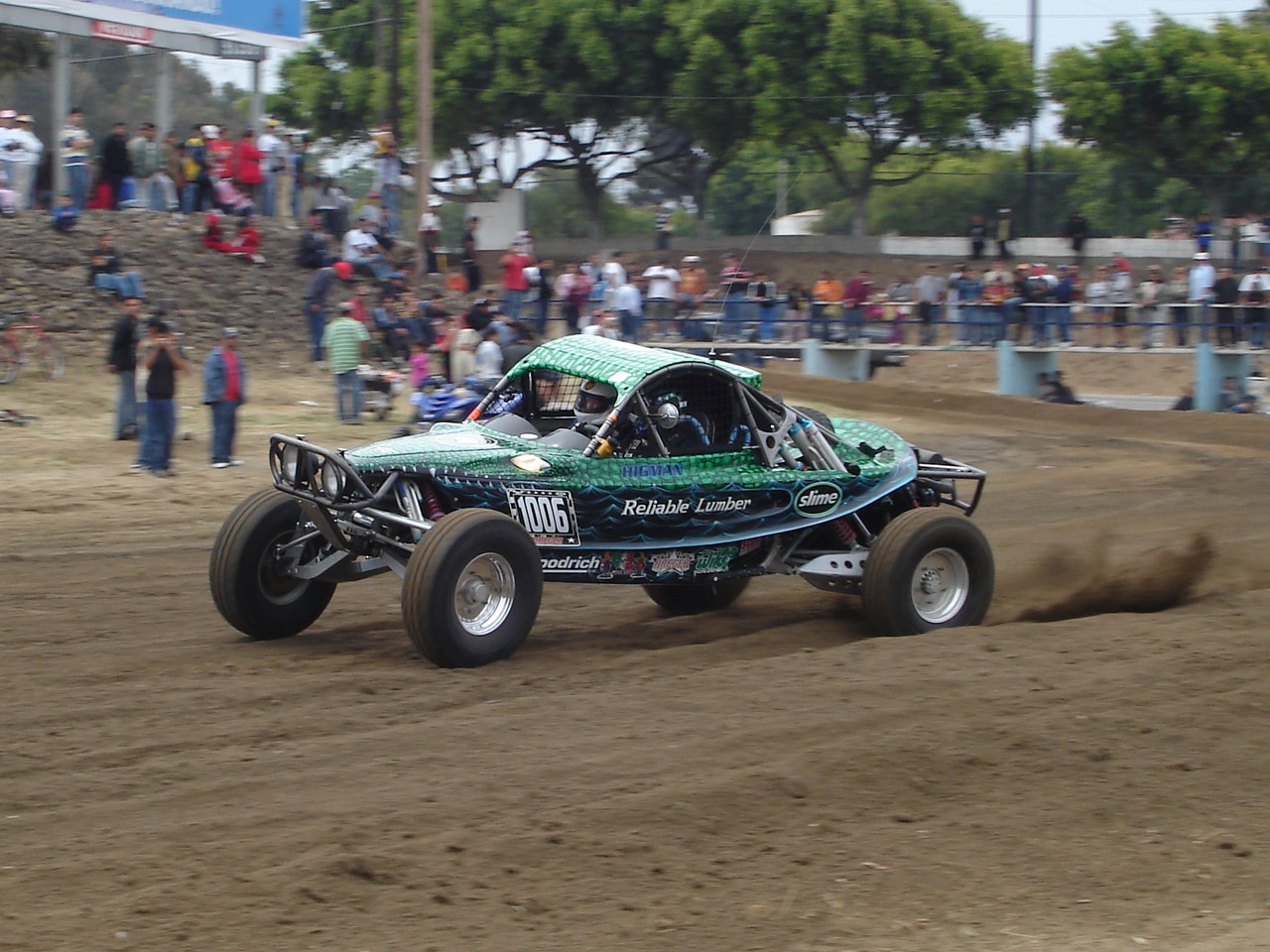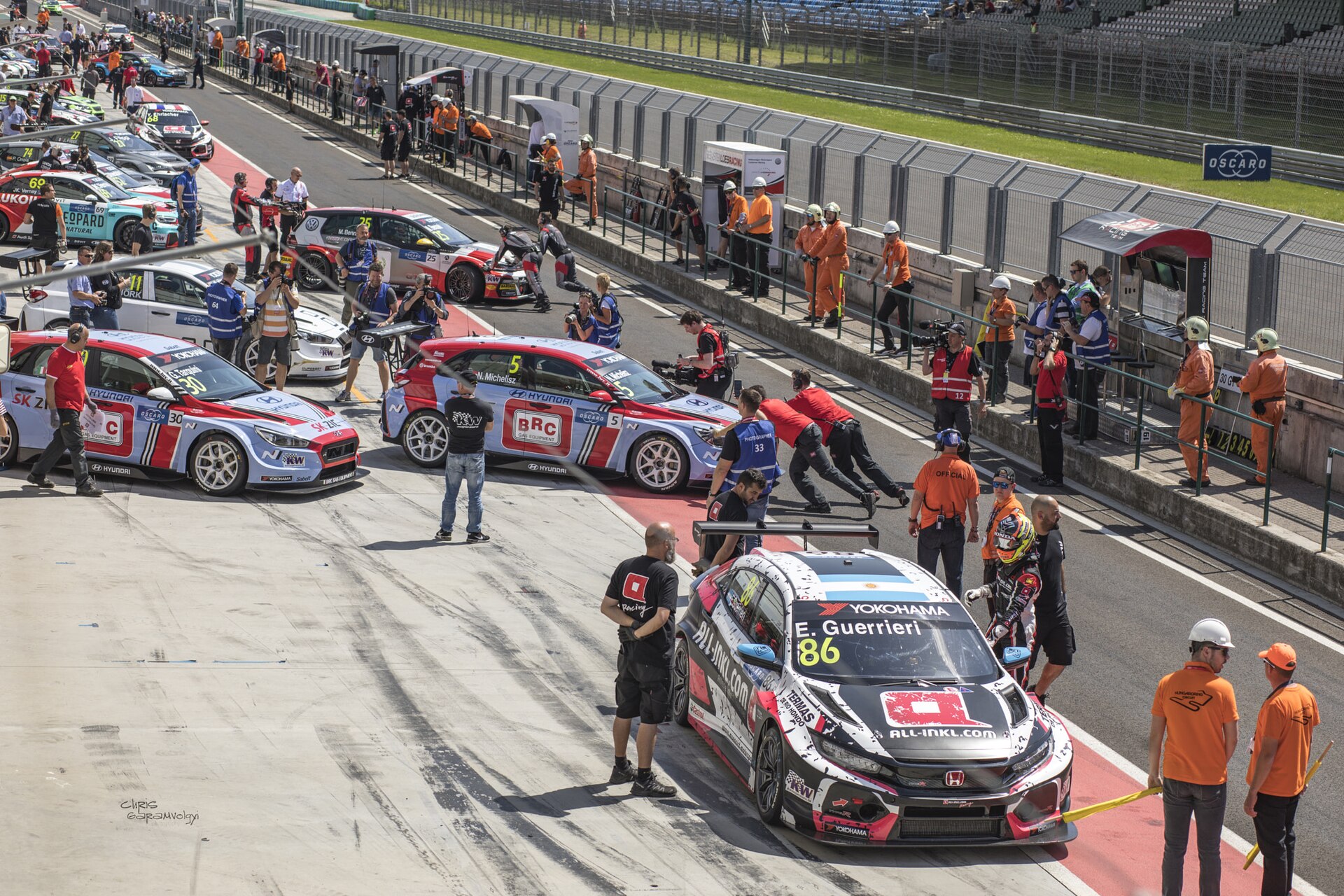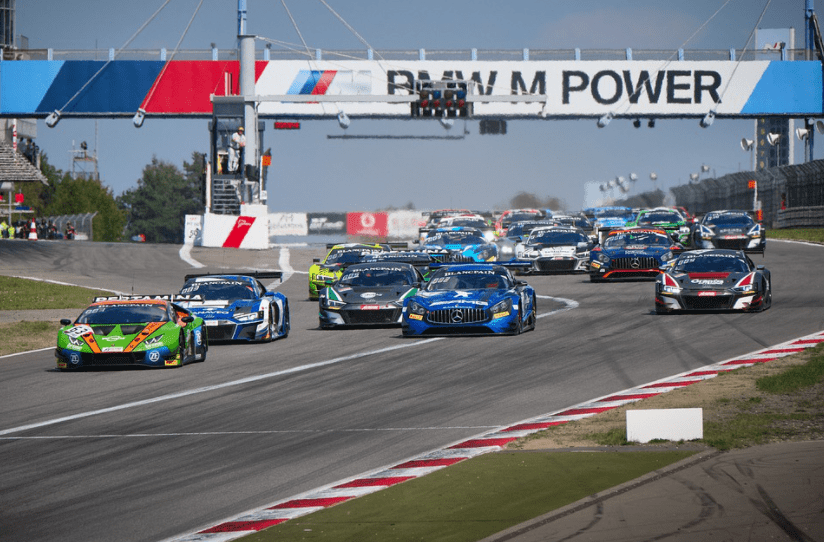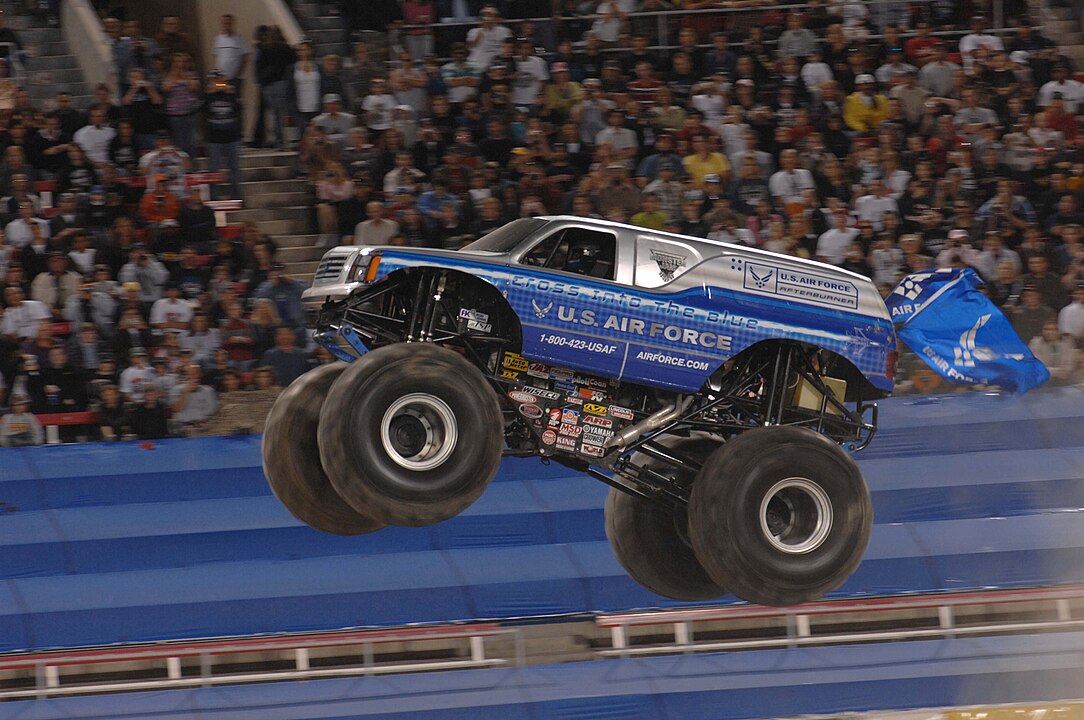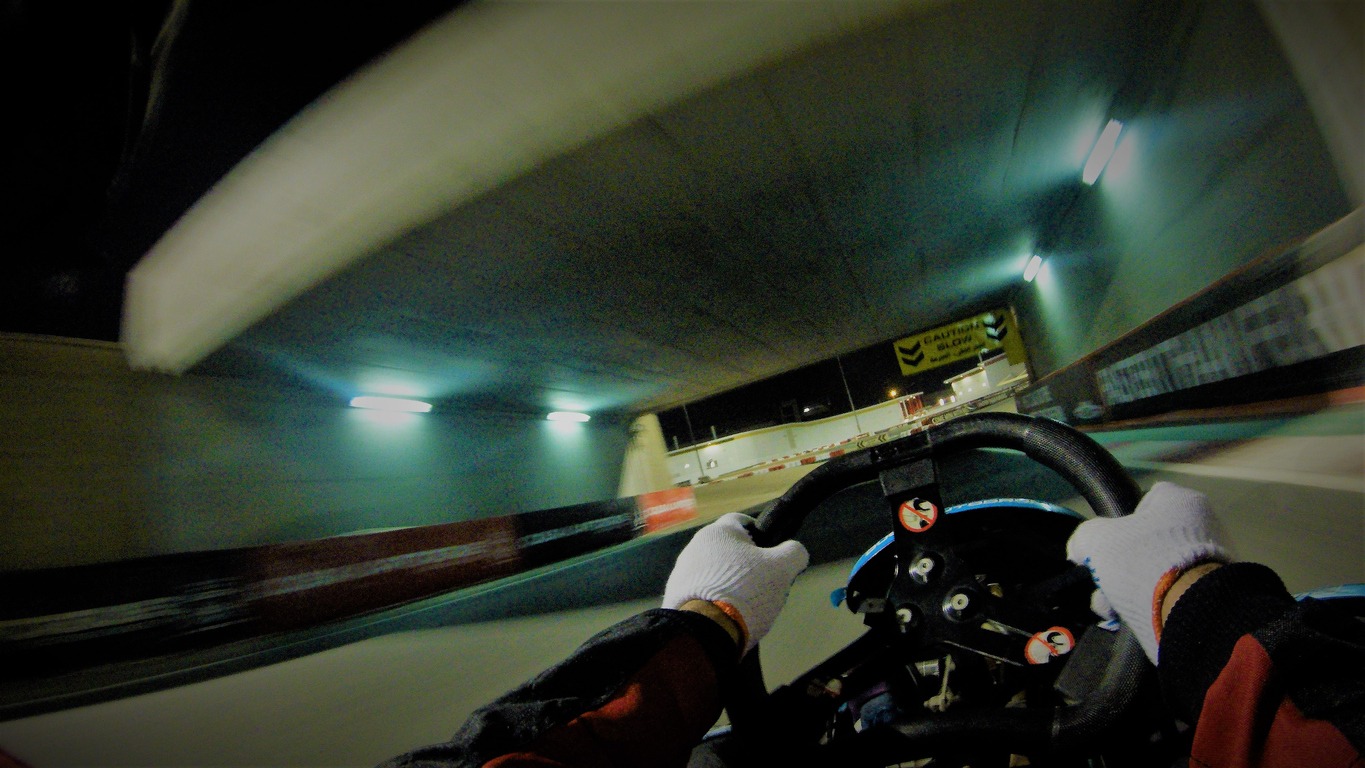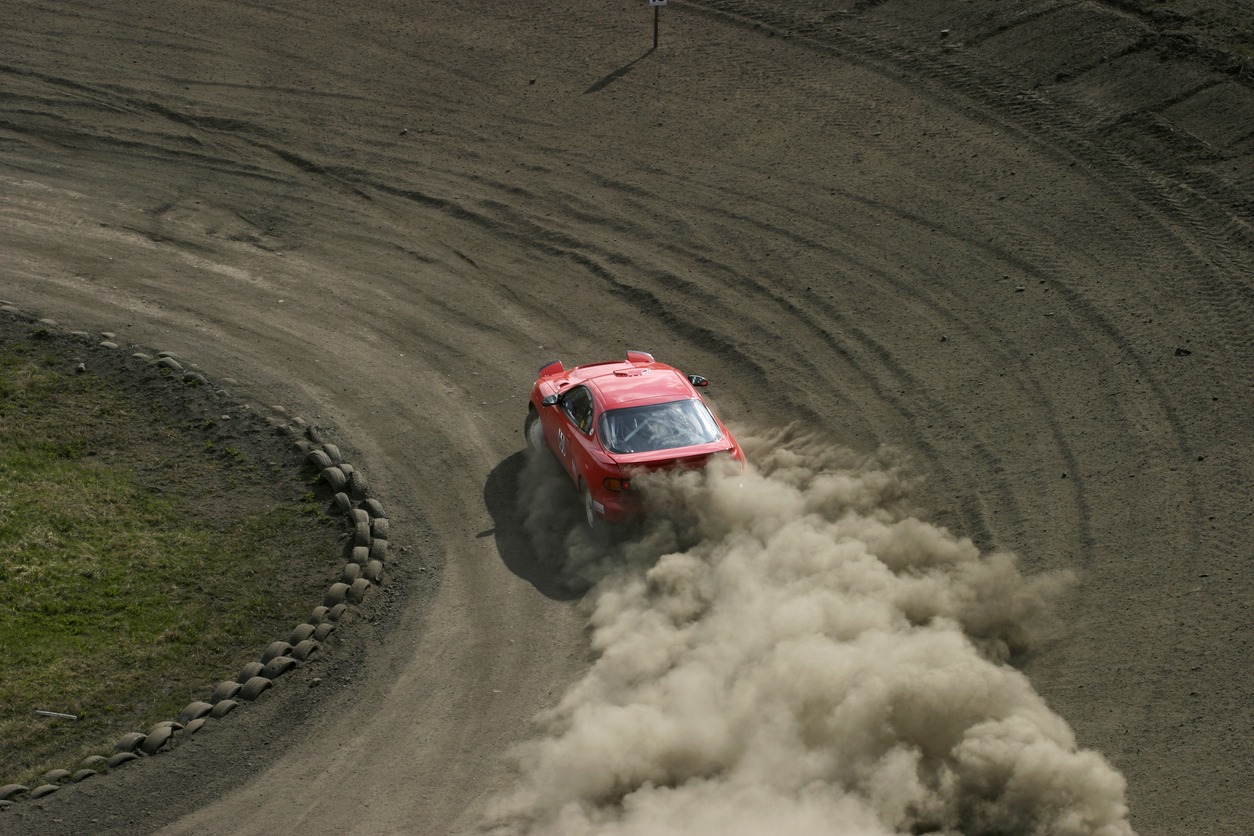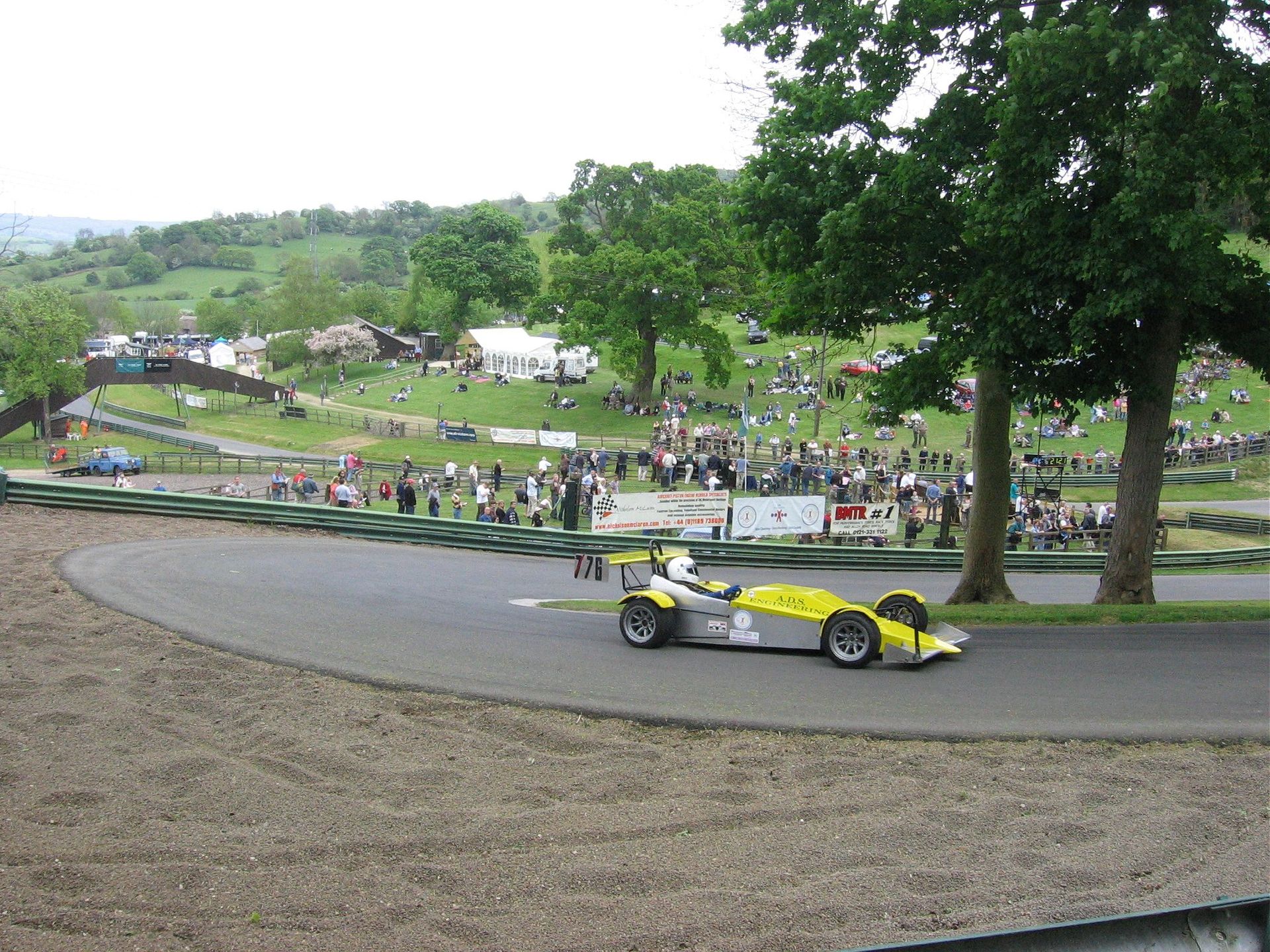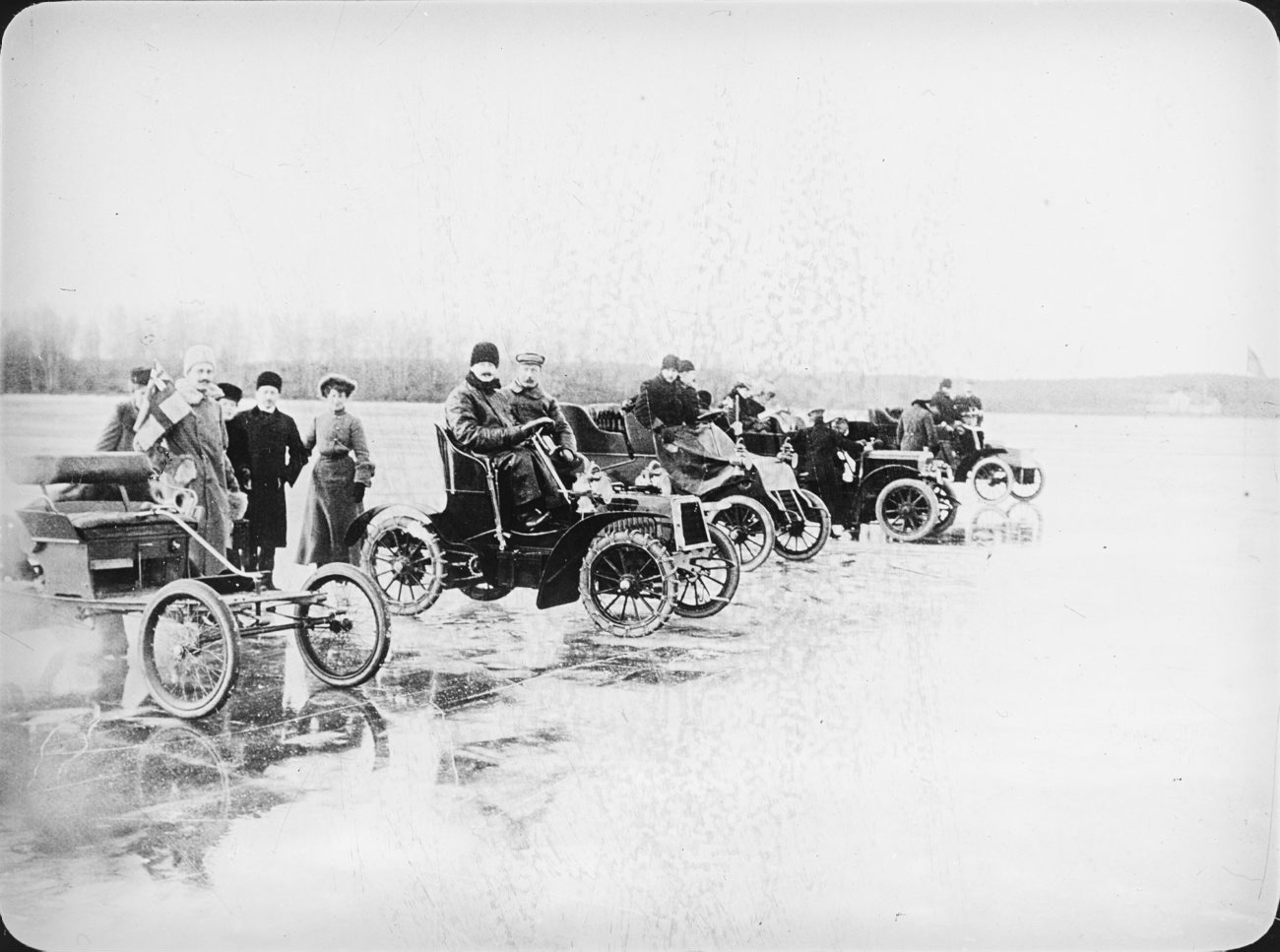Racing, in its many forms, has always been a thrilling spectacle of speed, skill, and competition, captivating audiences worldwide. Among these, automotive racing stands out as a diverse and dynamic sport, attracting a wide array of enthusiasts with its various types and styles. Each type of racing offers a unique blend of technology, strategy, and sheer adrenaline, making the world of car racing incredibly rich and exciting. From the precision and glamour of Formula racing to the rugged endurance of off-road challenges, the realm of car racing encompasses an extensive range of vehicles, tracks, and formats, each with its own distinct flavor and fan base.
1. Formula Racing
Formula racing is a type of open-wheel, single-seater motorsport. The term “formula” refers to the set of rules to which all participants and vehicles must conform. It represents the peak of racing technology and driver ability, with Formula One being the most prestigious and widely followed form of formula racing.
Formula racing is categorized into different levels, with Formula One at the top. Below F1 is Formula 2 (previously GP2), and then Formula 3. Each level serves as a stepping stone to the higher categories, with younger drivers typically starting in the lower formulas and aiming to progress to Formula One.
Formula One (F1) is the most advanced and competitive form of formula racing. Teams compete in Grands Prix around the world, using cars they design and build to a highly complex and precise set of regulations. F1 cars are the fastest regulated road-course racing cars in the world, known for their high cornering speeds achieved through the generation of large amounts of aerodynamic downforce.
Formula racing is a breeding ground for automotive innovation, particularly in areas such as aerodynamics, materials science, and hybrid engine technology. These advancements often filter down to commercial automotive applications.
The most prestigious and well-known F1 racing event would be the Circuit de Monaco – the Monaco Grand Prix which is the jewel of formula one racing. In North America, the leading formula racing event is the IndyCar Series, and its most famous division is the Indianapolis 500. Read More About Formula Racing
2. Sports Car Racing
Sports car racing is a form of circuit racing with sports cars that have two seats and enclosed wheels. These races vary significantly in terms of duration, ranging from brief sprints to endurance events that last for hours, testing both the car’s durability and the driver’s stamina.
There are two main types of cars in sports car racing: prototypes and GT (Grand Touring) cars. Prototypes are custom-built for racing, with cutting-edge technology and aerodynamics, while GT cars are based on production models modified for racing. This distinction creates diverse fields and adds strategic complexity to races.
Endurance races are a hallmark of sports car racing. Iconic events like the 24 Hours of Le Mans, the 24 Hours of Daytona, and the 12 Hours of Sebring test not just speed, but also reliability and efficiency. Teams must balance fast lap times with the need to preserve their car’s mechanics and manage fuel and tire usage.
The leading championship series for sports car racing is the FIA World Endurance Championship, with FIA GT1 World Championship as its main series for GT car racing. In the United States, the Grand-Am with its own Rolex Sports Car Series endurance racing is also popular. Read More About Sports Car Racing
3. Stock Car Racing

NASCAR (National Association for Stock Car Auto Racing) is the most prominent organization in stock car racing, featuring various series like the NASCAR Cup Series, Xfinity Series, and Camping World Truck Series. These races are known for being held on oval tracks, ranging from short half-mile circuits to superspeedways over two miles long.
While stock cars are based on production models, they are significantly modified for racing. Modifications include reinforced chassis for safety, powerful V8 engines, advanced aerodynamics, and specialized suspensions to handle high speeds and tight cornering. The exterior of the car, however, retains a resemblance to the production model.
For stock racing, the National Association for Stock Car Auto Racing (NASCAR) is the largest governing body, which organizes premier racing events such as the Sprint Cup Series, Daytona 500 and the Southern 500. Read More About Stock Car Racing
4. Drag Racing
Drag racing is a highly specialized form of racing where two vehicles compete side by side in a straight line over a set distance, typically a quarter-mile (1,320 feet) or an eighth-mile (660 feet). This sport is all about acceleration, speed, and perfect timing.
Drag racing features a wide range of vehicles, from street-legal cars and motorcycles to highly customized dragsters, including Top Fuel dragsters and Funny Cars. These specialized drag vehicles are purpose-built for high performance, capable of reaching speeds over 300 mph in just a few seconds.
A typical drag race is a simple duel: two vehicles line up at a starting line, and at the signal (often a sequence of lights known as the “Christmas tree”), they accelerate down the track. The first to cross the finish line wins, provided they haven’t committed a start line infraction, known as a “red light,” or left the track boundaries.
The main governing body for drag racing is the National Hot Rod Association, with divisions such as Super Stock, Super Street, Top Sportsman, and Top Dragster. Read More About Drag Racing
5. Rallying
Rallying is a form of motorsport that takes place on public or private roads with specially built or modified road-legal cars. It’s unique in its point-to-point format, where drivers and their co-drivers navigate diverse and challenging terrains against the clock.
Rally cars are based on production models but are extensively modified for increased durability, performance, and safety. Modifications often include reinforced bodies, four-wheel drive systems, advanced suspension, and specialized tires for varying surfaces. Safety enhancements, such as roll cages, are mandatory.
Rallying is characterized by its wide range of racing conditions. Events take place on tarmac, gravel, snow, and ice, often within the same rally. This variety demands high adaptability from drivers and vehicles alike.
The top regulatory body for rallying is the World Rally Championship. Read More About Rallying
6. Off-Road Racing
Off-road racing is a form of motorsport that takes place on various unpaved surfaces such as sand, mud, riverbeds, snow, and other natural terrains. This type of racing is known for its extreme conditions and the unique challenges it presents to drivers and their vehicles.
Off-road vehicles range from modified production cars to highly specialized machines built specifically for the rigors of off-road conditions. These include buggies, trucks, motorcycles, and ATVs (All-Terrain Vehicles). Key vehicle modifications typically focus on enhancing durability, suspension travel, tire size, and ground clearance to navigate the challenging terrain effectively.
Off-road racing can take many forms, from short-course races held on closed circuits to long-distance endurance events like rallies and point-to-point races. Courses may include natural obstacles like rocks, sand dunes, and river crossings, requiring not only speed but also navigational skills and vehicle reliability.
One notable example of off-road races is the Baja 1000 in Mexico. Read More About Off-Road Racing
7. Touring Car Racing
Touring car racing is a style of road racing with heavily modified road-going cars. Unlike other forms of racing, touring cars closely resemble their production counterparts and are based on mass-produced models available to the public. This makes the sport particularly relatable and accessible to fans.
Touring cars are based on family sedan-sized vehicles, but they are extensively modified for racing. Key modifications include enhanced engines, improved suspension systems, and aerodynamic changes. Despite these modifications, the cars retain the original shape and look of their production versions, making them recognizable to fans.
Touring car races are known for their close, bumper-to-bumper racing. The cars are evenly matched, which puts the focus on driver skill and strategy. This often leads to intense battles on the track, with frequent overtaking and door-to-door action.
Major touring car racing events worldwide include World Touring Car Championship, British Touring Car Championship, and the Supercars Championship. Read more about Touring Car Racing
8. Production Car Racing
Production car racing, also known as showroom stock racing, involves racing vehicles that are available for purchase by the general public and are largely unmodified from their factory specification. This form of motorsport is appealing because it features cars that are familiar to the average consumer, showcasing their capabilities in a competitive environment.
In production car racing, the vehicles used must remain largely as they are sold to the public, with only minimal modifications allowed, primarily for safety. These modifications can include roll cages, racing seats, harnesses, and sometimes suspension and brake upgrades. However, the engines, bodywork, and most mechanical components must remain stock to ensure the integrity of the class.
One of the key attractions of production car racing is its accessibility. Since the cars are production-based, it’s a more affordable entry point into motorsport for many aspiring racers. It also allows fans to see cars that they might drive themselves being raced, adding a level of relatability and interest.
Several production car racing series run around the world, such as those by Audi and Porsche, as well as Japan’s Super Taikyu and the previous International Motor Sports Association’s Firehawk Series. Read more About Production Car Racing
9. One-Make Racing
One-make racing, also known as single-make or spec racing, is a motorsport where all competitors race in identical or very similar vehicles, typically provided by a single manufacturer. This form of racing emphasizes driver skill over vehicle performance, creating a level playing field that highlights the talent behind the wheel.
The concept of one-make racing has been around since the early days of motorsports, gaining popularity as manufacturers realized it was an excellent way to showcase their cars’ capabilities and reliability. It’s popular across the world and includes various types of vehicles, including cars, trucks, and motorcycles.
In one-make series, vehicles are often factory-built to identical specifications. Modifications are either strictly regulated or not allowed at all. This uniformity ensures that races are competitive and focused more on driver ability than on technical advantages.
Some examples of racing competitions of this type are the series from the Mini 7 Championship, the John Cooper Mini Challenge, Porsche Supercup, Formula Renault, and Formula BMW. Read More About One-Make Racing
10. Monster Truck Racing
Monster truck racing is a unique and exhilarating form of motorsport that features oversized trucks with exceptionally large tires and powerful engines. These events are a blend of racing, entertainment, and showmanship, offering a spectacle that appeals to a wide range of audiences.
Monster truck racing originated in the United States in the late 1970s and early 1980s. The sport began with modified pickup trucks and has since evolved into a competitive racing discipline with specially designed machines. These trucks are known for their immense size, with tires typically 66 inches in height.
Monster trucks are engineered for strength and agility. They are equipped with custom-built chassis, oversized shock absorbers, and engines that can produce 1,500 to 2,000 horsepower. Despite their large size, these trucks are surprisingly agile and capable of performing high jumps, backflips, and other stunts.
The Monster Jam is the premier monster truck racing event which is televised in the United States. It is governed under the United States Hot Rod Association. Read More About Monster Truck Racing
11. Kart Racing
Kart racing, often considered the first step in any professional racer’s career, is a popular form of motorsport that involves racing small, open, four-wheeled vehicles called karts or go-karts. Due to its accessibility and relatively low cost, kart racing is widely recognized as the foundational discipline where many professional drivers hone their skills.
Kart racing originated in the United States in the late 1950s and quickly gained popularity across the world. The simplicity and affordability of karts made them an instant hit among racing enthusiasts of all ages.
Karts are small, lightweight vehicles, often weighing around 160 to 170 pounds without the driver. They lack certain features common in other racing vehicles, like a differential and suspension. The simplicity of karts puts a premium on driving skill rather than technological advantage. Read more about kart racing here.
12. Open-Wheel Racing
Open-wheel racing is a type of motorsport involving vehicles with wheels outside the car’s main body, offering minimal obstruction between the wheels and the air. This design makes open-wheel cars some of the fastest and most aerodynamically efficient in racing.
The most distinctive feature of open-wheel cars is the exposure of the wheels and suspension, unlike cars in stock or touring car racing where wheels are enclosed. This design leads to greater speeds but also increased risk, as there’s less protection in the event of a collision.
Formula racing is the most well-known form of open-wheel racing, with Formula One (F1) being the pinnacle. These cars are highly specialized and engineered for maximum performance. Formula racing also includes other series like Formula 2, Formula 3, and various national and regional series. Read more about open-wheel racing here.
13. Dirt Track Racing
Dirt track racing, a staple of grassroots motorsports, involves racing on oval tracks made of dirt or clay. This form of racing is noted for its sideways, sliding turns and close, competitive racing. It’s popular in the United States and several other countries, offering a raw and thrilling spectacle for racers and fans alike.
Dirt track racing has its roots in the early 20th century, beginning as an informal competition among rural communities. It quickly grew in popularity, becoming a more organized and professional sport. The dirt tracks, often located in small towns and rural areas, became hubs of local community and entertainment.
A wide variety of vehicles compete in dirt track racing, including stock cars, modified cars, sprint cars, and midget cars. These vehicles vary greatly in design and specifications, but all are optimized for the unique challenges of dirt racing. The cars are usually lighter and more powerful than their asphalt counterparts and feature special tires for better grip on the loose dirt surface. Read more about dirt track racing
14. Hillclimbing Racing
Hill climb racing is a unique and specialized form of motorsport where the objective is to drive up a hill in the shortest possible time. Unlike traditional circuit racing, hill climb events are run against the clock, with each competitor racing individually to set the fastest time on an uphill course.
Hill climb racing has a rich history, dating back to the early days of motoring. It began as a simple test of car and driver to conquer steep gradients and evolved into a highly competitive and technologically advanced sport. The early hill climbs were often informal challenges among motoring enthusiasts, but they quickly grew into organized competitions.
Hill climb courses vary greatly in length, gradient, and complexity, but they are generally characterized by their uphill nature, often with tight turns, switchbacks, and sometimes treacherous conditions. The courses can be set on closed public roads, mountain passes, or specially designed tracks. Read more about hillclimbing racing.
15. Endurance Racing
Endurance racing is a motorsport discipline that tests the durability of vehicles and the endurance of participants. Distinct from the short, intense sprints of other racing formats, endurance races can last several hours, often running non-stop for 6, 12, or even 24 hours.
Unlike most motorsports, endurance racing is typically a team effort, with teams comprising two to four drivers who take turns behind the wheel. This element adds a layer of strategy, as teams must decide the best times for driver changes, refueling, and tire replacements, balancing speed with the need to conserve their car and manage resources.
Endurance racing features a wide range of vehicle classes, often competing simultaneously on the same track. From purpose-built prototypes to modified production cars, the diversity of machinery on the track adds complexity and appeal to the sport. Read more about endurance racing.
16. Ice Racing
Ice racing stands out in the world of motorsports for its unique and thrilling nature. It involves racing on frozen lakes or rivers, or on groomed ice tracks, where the frigid conditions and slippery surfaces create a challenging and exciting environment for racers and spectators alike.
Vehicles used in ice racing range from standard cars to specially modified vehicles, including motorcycles and ATVs. One of the key adaptations for ice racing is the use of studded tires or chains to enhance traction on the ice. These modifications provide grip and stability, allowing drivers to navigate the slippery surface at high speeds with more control.
Ice racing can include a variety of formats, such as time trials, where drivers compete against the clock, and head-to-head races, where multiple racers compete simultaneously. The tracks can vary in layout, often featuring tight turns and long straights, testing both the driver’s skill and the vehicle’s capabilities. Read more about ice racing.
17. Midget Car Racing
Midget car racing is a form of motorsport that involves small, open-wheel cars racing, usually on short oval or circular dirt or paved tracks. Known for their small size but high power-to-weight ratio, these cars deliver a thrilling and dynamic racing experience.
Midget car racing originated in the United States in the 1930s. It gained popularity as an affordable form of racing during the Great Depression, offering an accessible entry point for drivers and mechanics into the world of motorsports.
Midget cars are significantly smaller than most other racing cars, typically about half the size of a full-size sprint car. Despite their size, they are equipped with powerful engines, which can vary from 4-cylinder to V8s, depending on the series and regulations. The cars are lightweight, often made from advanced materials like aluminum or carbon fiber to maximize speed and agility. Read more about midget car racing.
18. Truck Racing
Truck racing is a form of motorsport where modified trucks, often resembling production trucks, compete on racing circuits. It is a spectacle of power and speed, as these large vehicles maneuver around tracks, challenging the perceptions of their agility and performance capabilities.
Truck racing began gaining popularity in the 1970s and 1980s as an organized sport. It emerged partly as an effort to create a new and exciting racing category that would appeal to fans of traditional car racing and those interested in the unique appeal of larger, more powerful vehicles.
The trucks used in these races are typically based on standard production models but are extensively modified for racing. These modifications include enhanced engines, reinforced chassis, advanced suspension systems, and safety modifications to handle the rigors of high-speed racing. Read more about truck racing.
20 Interesting Facts About Auto Racing
Learn even more about the amazing sport of auto racing through these interesting facts:
Final Thoughts
The world of auto racing is a vast and diverse realm, brimming with excitement and innovation. From the precision and speed of Formula Racing to the rugged, unpredictable nature of Off-Road Racing, each type offers something unique for enthusiasts and participants alike. The high-octane thrill of Drag Racing, the endurance and strategy of Sports Car Racing, and the grassroots charm of Kart Racing all play a crucial role in the tapestry of motorsports. These various forms not only test the limits of automotive engineering but also highlight the extraordinary skill and bravery of the drivers. As technology advances and the sport evolves, each discipline continues to captivate audiences worldwide, contributing to the rich history and vibrant culture of auto racing.
Moreover, the universal appeal of auto racing lies in its ability to adapt and grow, embracing new challenges and innovations. Whether it’s the shift towards sustainability in Formula Racing, the introduction of electric vehicles in Hill Climb Racing, or the enduring popularity of Stock Car Racing, motorsports continue to be a dynamic and ever-evolving spectacle. These racing forms foster a sense of community among fans, offer a platform for emerging talent, and serve as a testing ground for the latest automotive technologies. As we look to the future, auto racing stands poised to continue its legacy of excitement, competition, and passion, fueling the dreams of speed enthusiasts and shaping the future of transportation.

